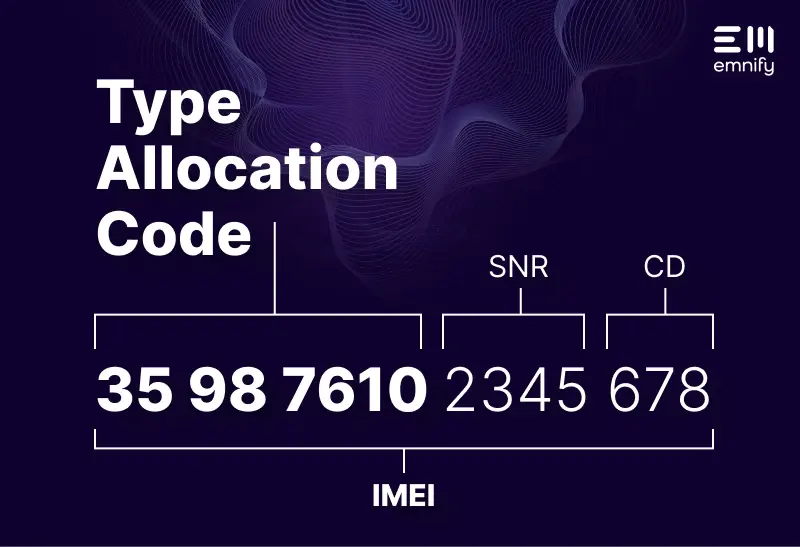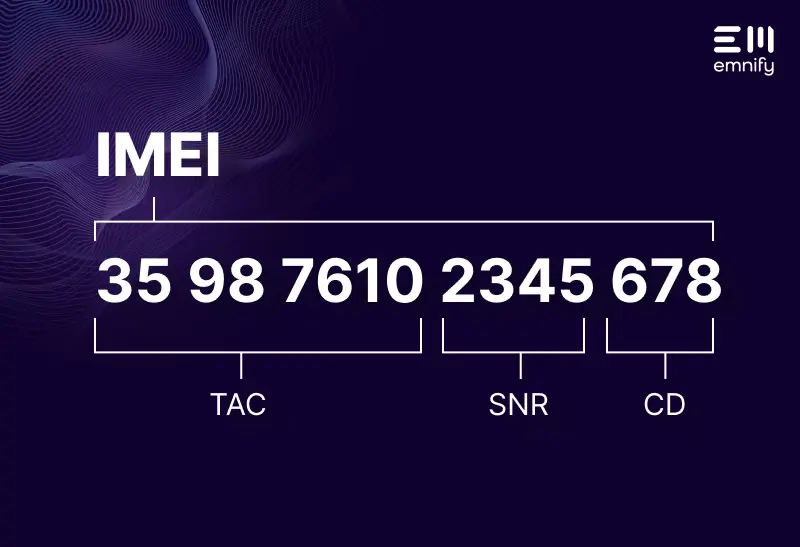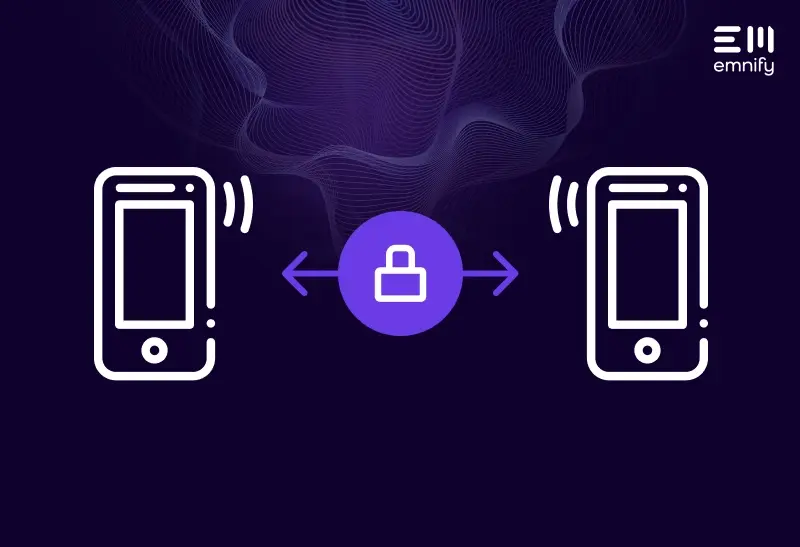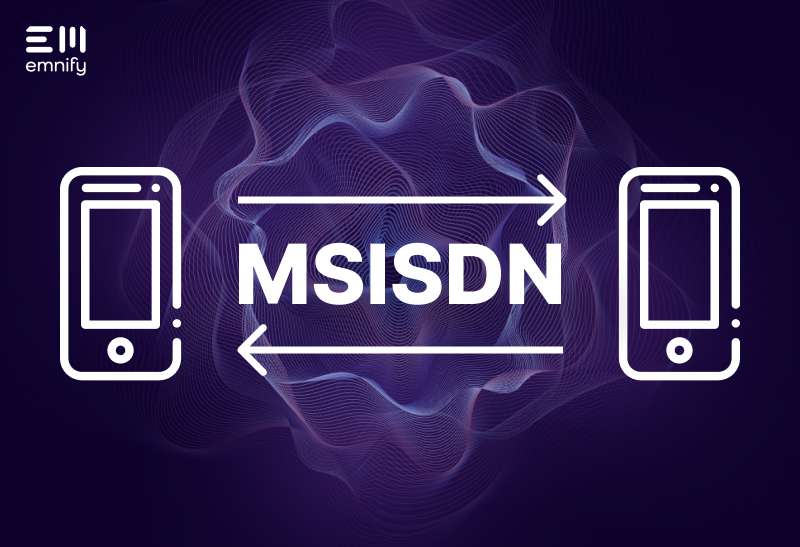

Quick definition: TAC stands for Type Allocation Code (though it was formerly known as Type Approval Code). These eight-digit numbers identify a cellular device’s manufacturer and model number, as well as the regulating body that approved it. TAC numbers are always the first eight digits in a device's IMEI number.
TAC numbers help cellular networks recognize devices that are approved to access network infrastructure. While it doesn’t identify individual devices (the IMEI number does this) or individual SIMs (that’s the ICCID number), it communicates the make and model and confirms that it meets regional standards and specifications.
Notably, some device models may have multiple possible TACs, depending on when and where they were manufactured, among other things. No single device will have more than one TAC, but a given iPhone 5S, for example, has 21 possible TACs.
TAC numbers in IoT
In cellular IoT, the TAC number is typically associated with the modem or module a device uses to access cellular services, not the specific type of device the component is being used for. So, for example, a smart meter may have the same TAC as a crop sensor even though they’re very different devices. The network has to use the rest of the IMEI number to identify the individual device.
Which networks use TAC numbers?
Not all cellular networks use TAC numbers to identify devices. These eight-digit codes are only necessary for networks using GSM, UMTS, or other technology standards relying on IMEI.
Type Allocation Code vs. Type Approval Code
Before 2003, manufacturers had to get device models approved by a national regulating body, which then provided them with a six-digit Type Approval Code (TAC) and a two-digit Final Assembly Code (FAC). Back then, the TAC identified the regulating body and model, while the FAC identified the manufacturer.
In 2003, many Global System for Mobile Communications Association (GSMA) members decided to streamline and allow other GSMA-approved entities to determine when a device has met their standards. Instead of having manufacturers submit new models for approval by a national body, manufacturers could begin requesting a Type Allocation Code from a GSMA-approved group. While a Type Approval Code was six digits plus a two-digit FAC identifing the manufacturer, Type Allocation Codes are eight digits. The first two identify the regulating body that approved the model, and the remaining six identify the specific make and model.
So it looks like this:
Type Approval Code: ######
Type Allocation Code: ##-######
Both numbers identify the specific model and the body that approved it, but the older TAC doesn’t identify the manufacturer.
While Type Allocation Codes no longer use national regulatory bodies, it’s worth noting that when a manufacturer requests a TAC from the GSMA, the GSMA uses a regional entity from that manufacturer’s country to provide the number. This ensures that the GSMA-approved group is still familiar with local regulations and standards, which can vary significantly from country to country.
Keep learning about cellular IoT
Cellular technology has been constantly evolving for decades. Over the years, the industry has accumulated what may seem like an overwhelming number of concepts that describe how various components of cellular networks operate, and ultimately describe what this technology is capable of. To help you wade through the acronyms and master key concepts, we’ve produced an IoT glossary. Here you’ll find a wealth of resources explaining complex IoT topics in simple, straightforward terms.
Browse the entire IoT glossary, or start with our article on IMEI numbers.
Get in touch with our IoT experts
Discover how emnify can help you grow your business and talk to one of our IoT consultants today!
More than six years of experience as a senior editor in the realm of smart home, connectivity and Internet of Things. And still as curious as on the first day.


